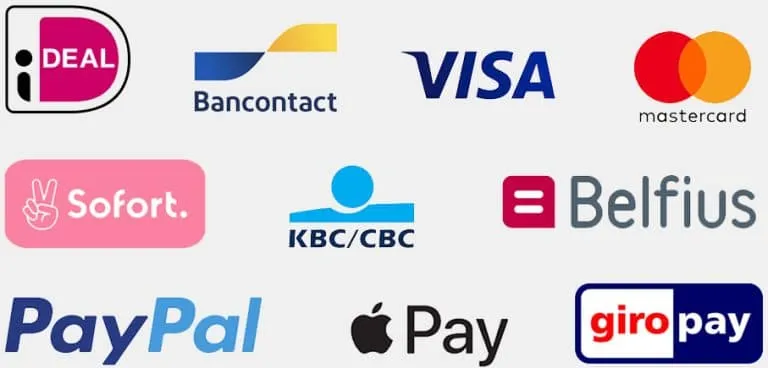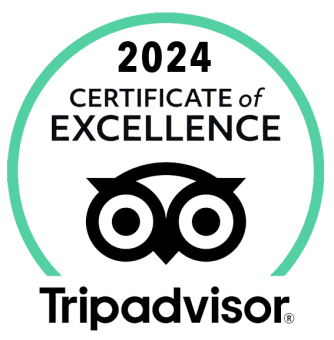The fascinating history of Curacao
Curacao is an island with an incredibly long and fascinating history. From the original inhabitants, the Indians, and the Spanish to the Dutch who have ruled the land. The name Curacao itself is already special, although one is not sure where the name comes from. There are as many as 5 different theories on this. The name may be derived from the name the Indians gave to this island, or it may come from the Portuguese word “cura,” which is “healing” in Dutch. Thereby, it is also possible that Curacao comes from the Portuguese “coraçao,” heart in Dutch. Another theory is that Curacao comes from the Caribbean word for large plantation, “corauaçu. Finally, the name Curacao could also come from the word “corossol. Corossol means soursop and is a fruit found in Curacao. In the rest of this article, I will elaborate on Curacao’s fascinating history.
The origins of Curacao
Some 60 million years ago, a volcanic mass rose violently above the water surface in the Caribbean Sea of an area of up to 444 square kilometers. This is the country we now know as Curacao. The island is composed of igneous rock and was further formed by trade winds. In the process, this land mass was further shaped by the sun always shining on it. There are also limestone formations on the coast in western Curacao that were further formed by the waves crashing hard against them. So you can also think of this coast as a barrier to the waves that can reach tens of meters high. These three elements have combined to make the island of Curacao look the way we know it today. However, this process is never finished and continues, so Curacao will look completely different again in at least a few million years.
The arrival of the Spaniards
On Oct. 10, 1499, the island of Curacao in the Caribbean Sea was first discovered by a European, namely Spanish explorer Alonso de Ojedo. This day is also still celebrated here with the national holiday “The Day of Curacao. Thanks to this discovery, the island of Curacao appeared on the Mapa Mundi for the first time. This is a famous world map by Spanish cartographer Juan de la Cosa.
When the Spaniards first arrived on Curacao, they noticed that they themselves were not so big compared to the Indians who lived on Aruba, Bonaire and Curacao. That is why the Spaniards called these islands “islas de los gigantes,” meaning island of giants. Some time later, they discovered that there was no gold or useful farmland to be found on these three islands and changed the name to “islas inutile,” useless islands. As a solution to this, they removed the Indians from these Caribbean islands and made them work for the Spaniards. Indians had to work on sugar plantations and in copper mines.
The arrival of the Dutch
About midway through the 17th century, the West India Company (the WIC) needed a new trading point that they could put to good use on their route to South America with a port for the navy and privateer ships it had. For this task they found Curacao suitable, and so Johannes van Walbeeck took over Curacao from the Spaniards in 1634. Two years later, the Dutch then also succeeded in capturing the other Caribbean islands of Bonaire and Aruba from the Spanish.
When talking about Curacao’s history, Peter Stuyvesant cannot be left out. He was a famous Dutch colonial administrator during the time the Netherlands ruled Curacao. He worked for the WIC and was even appointed director general of Curacao in 1639, which automatically gave him power over Bonaire and Aruba as well. When “New Netherland” was moved from Curacao to New Amsterdam, which is present-day New York, Peter Stuyvesant went with it and eventually died here in 1672.
The period of confusion
Curacao has not always been clear and long-term of only 1 country. In fact, Curacao changed hands several times in the 19th century, hence the name “the period of confusion. At times the English were in control and then the Dutch were in control of Curacao again. This is because England was at war with France under Napoleon at the time and managed to capture the island of Curacao from the Dutch twice during this period. When the Treaty of London was signed in 1814, it resulted in the return of colonies to the Netherlands that England had taken over during the Napoleonic Wars.
Slavery on Curacao
Curacao, unfortunately, also has a dark history. In fact, a slave trade was set up here in the 17th century by the Dutch, English, French and Portuguese alike. In the process, they transported black Africans from Africa to this Caribbean region so they could be traded here. The slaves traded here would then have to go to work in both North America and South America and even the Caribbean islands. Their work consisted of working on various plantations, in the salt pans and in the ports. This was incredibly hard work. Dutch ships eventually shipped a total of as many as half a million slaves from Africa to Curacao. In fact, in Willemstad from 1662, tens of thousands of slaves were kept and further traded every year. Curacao was an important point for them in the transatlantic slave trade, which is why slavery on Curacao, among other places, was not abolished by the Dutch until 1863.
The 20th Century: Modernization and Social Change
In the early 20th century, Curaçao underwent profound changes that brought the island into a new era of modernization and social transformation. During World War II, Curaçao played a crucial role as a strategic location because of the presence of the Isla refinery. The refinery supplied fuel to the Allies and attracted an international community of workers, providing a significant boost to the economy.
After the war, political and economic development accelerated. The growth of the oil refinery, the largest in the Caribbean, transformed the island’s economy and brought with it a wave of immigrants, strengthening Curaçao’s cultural diversity. Although economic growth was beneficial, it also brought challenges, such as environmental problems and socioeconomic inequalities.
From Netherlands Antilles to Kingdom of the Netherlands
Curacao was one of the islands, the main island even, known as the Netherlands Antilles until 2010. However, these were lifted on Oct. 10, 2010. With this dissolution, both Curacao and St. Maarten then became new countries in the Kingdom of the Netherlands. Other islands Bonaire, Saba and St. Eustatius became special municipalities. As a result, the Kingdom of the Netherlands now consists of the countries of Aruba, the Netherlands, Sint Maarten and Curacao.
Also on nearby Klein Curacao are many special elements with a fascinating history. For example, this uninhabited island is home to a mysterious shipwreck that looks haunted. KleinCuracaoTrips is happy to take you to this island and tell you all about its history.
The Modern Age
In the 21st century, Curaçao has continued to consolidate its place in the modern world, addressing political, economic and social issues. Politically, the island faces challenges such as economic stability, good governance and national unity. At the same time, Curaçao has benefited from its tourism industry, which attracts thousands of visitors each year with its beautiful beaches, rich culture and historical sites.
Curaçao is also mindful of environmental issues, given the oil refinery’s impact on the environment and efforts to develop renewable energy sources. The island’s cultural diversity remains a source of pride and has resulted in a unique melting pot of traditions, languages and cuisines.
Curaçao’s history, from its indigenous roots to its modern era of autonomy, reflects a fascinating journey of survival, struggle and ultimately flourishing. Understanding this history is critical to understanding the current dynamics and challenges facing Curaçao as it continues to shape its unique identity in the 21st century.





